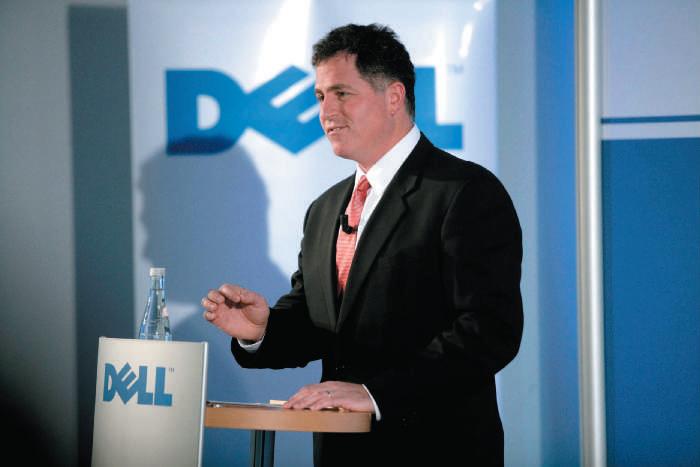374
C h ap t er 1 5 A cco u n t ing and Ta x a t ion in G lobal B u siness
• •
culture; and accidents of history, such as one country taking over another in a war.
International Financial Reporting Standards are different from U.S. GAAP in a variety of ways. A key reason for these differences is that IFRS are regarded as being more principles-based and U.S. GAAP as being more rules-based. Principles provide broad, general guidance; rules provide narrow, detailed guidance. The detailed rules of U.S. GAAP may be (at least partly) the result of extreme business complexity and the extremely high rate of litigation in the nation. If printed out, U.S. GAAP is estimated to be about 25,000 pages, while IFRS is estimated to be only about 2,000 pages. Both approaches, rules-based and principles-based, have their respective advantages and disadvantages. There are many areas of difference between U.S. GAAP and IFRS, but there are more similarities than differences. The differences that do exist can be categorized as cosmetic or substantive. IFRS does not prescribe a particular format for presentation of financial statements; as a result, multiple formats have evolved in practice. In the United States, a common format has evolved. An IFRS-based balance sheet of a U.K. company usually lists fixed assets, such as equipment, at the top of the balance sheet and next lists the current assets, such as cash. Assets on a U.S. company’s GAAP-based balance sheet would start with current assets, cash at the top, and then show fixed assets. This different arrangement of assets is an example of a cosmetic difference between U.S. GAAP and IFRS. Under U.S. GAAP inventory costing methods include the following: Specific Identification Method, First-In, First-Out (FIFO) Method, Last-In, First-Out (LIFO) Method, and Weighted Average Method. Following the specific identification method, a company keeps track of the cost of individual inventory items. According to the first-in, first-out (FIFO) method, the cost of the first inventory unit purchased is assumed to be the first cost transferred out to cost of goods sold. Under the last-in, first-out (LIFO) method, the cost of the last item purchased is assigned to the first items sold. Under the weighted average method, the cost of each item sold is based on the weighted average cost of inventory purchased during the period. Unlike U.S. GAAP, IFRS does not permit use of the LIFO method. This is a substantive difference between U.S. GAAP and IFRS. In October 2002, the FASB and the IASB issued a memorandum of understanding (referred to as the Norwalk Agreement or MoU) formally announcing their commitment to converging U.S. GAAP and IFRS. In subsequent years, both the FASB and IASB have issued rules that converge (or almost converge) their accounting standards with the standards of the other body.
15-2d D ifferences Between U.S. GAAP and Selected Countries Due to the global movement to adopt or require IFRS, there are fewer countries that maintain their own GAAP. In 2003, less than 30 countries required or accepted IFRS for corporate financial reporting. By 2015, more than 120 countries required or accepted IFRS. Consequently, comparing U.S. GAAP to GAAP in other countries is becoming less necessary. What is more often necessary is comparing U.S. GAAP to IFRS. IFRS is described in more detail in the next section.
R e a l i t y C h e c k LO-2 Have you ever encountered a difficulty due to different measurement scales, such as hand tools based on English standards (one inch, 1/2 inch, 3/8 inch, etc.) versus metric standards (10 mm, 9 mm, 8 mm, etc.) or container capacity (e.g., converting ounces to liters)? Different accounting standards create a similar problem.
Copyright 2017 Cengage Learning. All Rights Reserved. May not be copied, scanned, or duplicated, in whole or in part. Due to electronic rights, some third party content may be suppressed from the eBook and/or eChapter(s). Editorial review has deemed that any suppressed content does not materially affect the overall learning experience. Cengage Learning reserves the right to remove additional content at any time if subsequent rights restrictions require it.







































